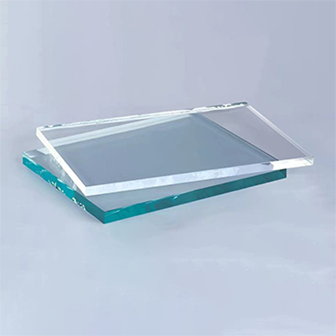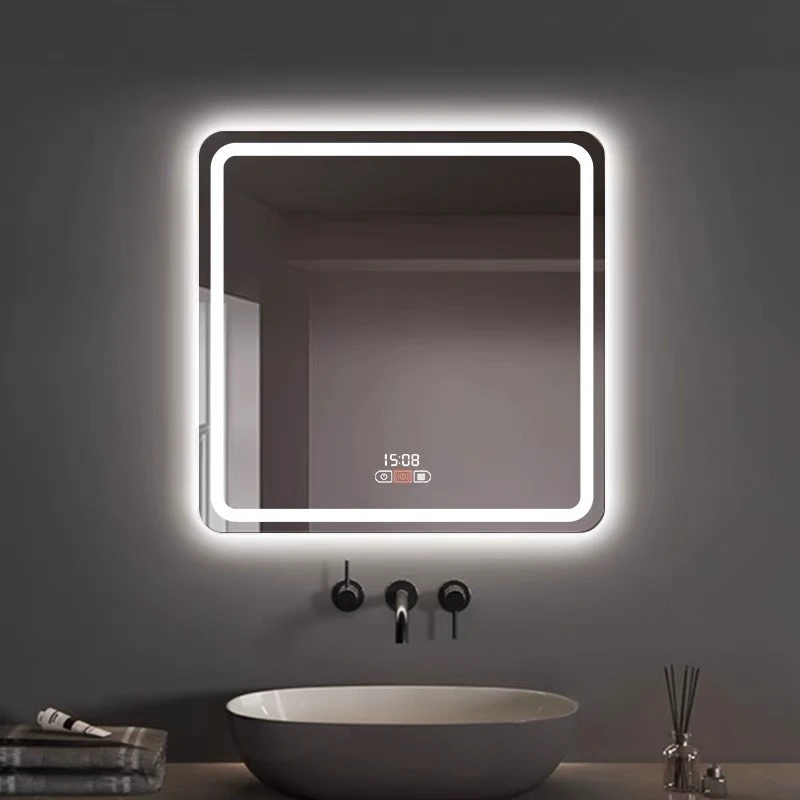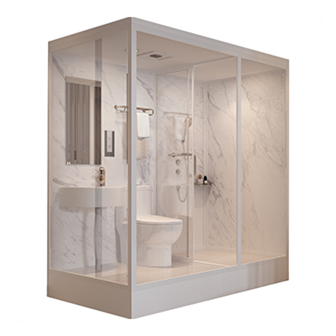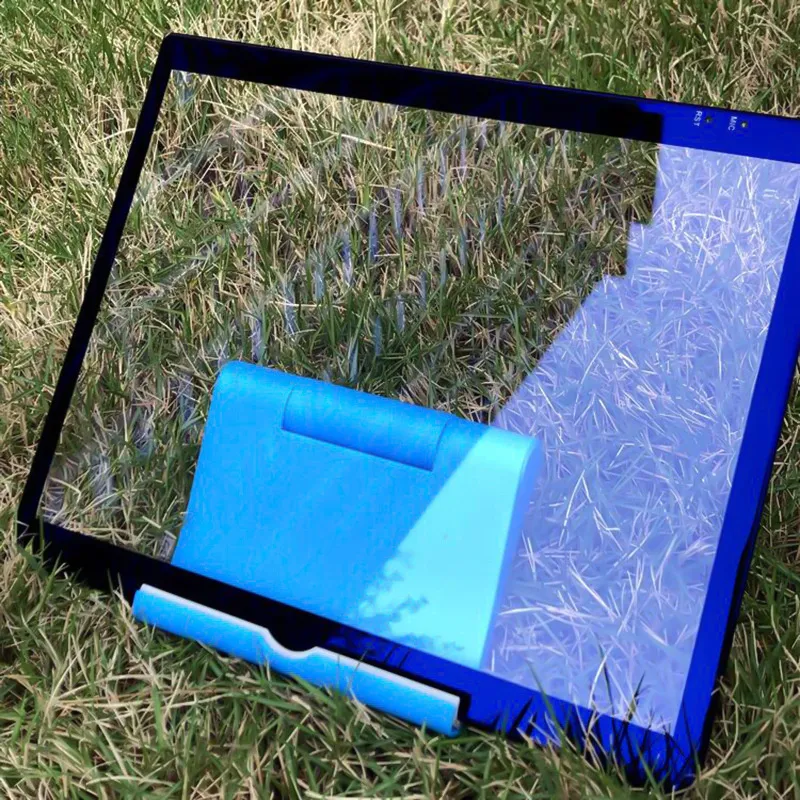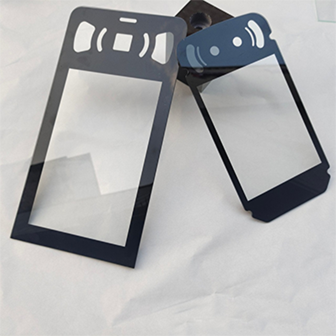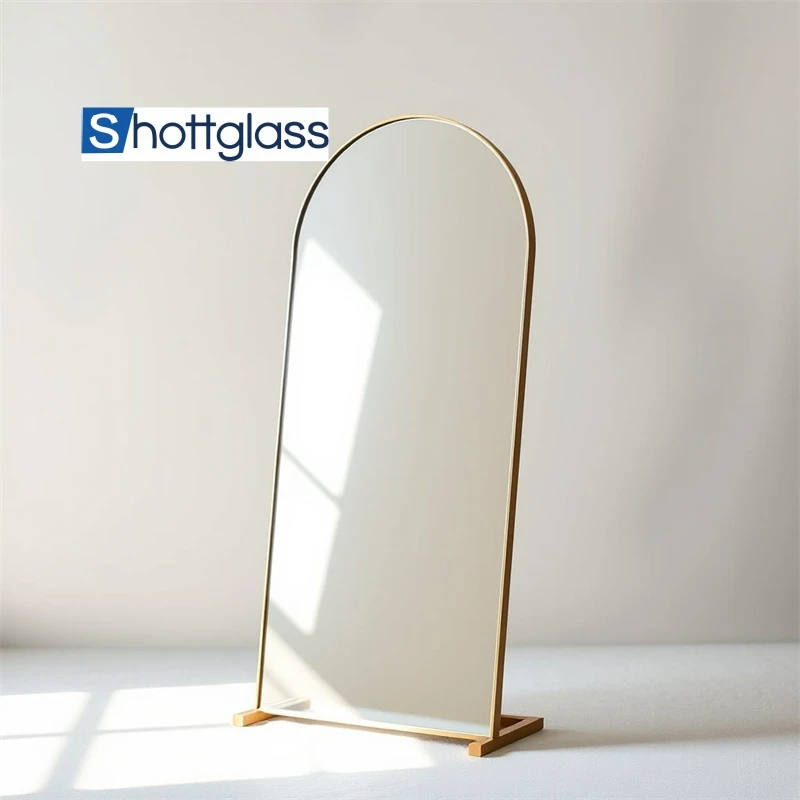Aug . 20, 2025 09:31 Back to list
Frosted Glass: The Perfect Fusion of Hazy Aesthetics and Practical Functionality
In the glass family, Frosted Glass has become a highly recognizable presence in architectural decoration and daily life due to its unique hazy texture and practical performance. It abandons the transparency and straightforwardness of ordinary glass, creating a soft visual effect with a delicate frosted surface, while also possessing multiple practical functions, exuding a unique charm in spatial design.
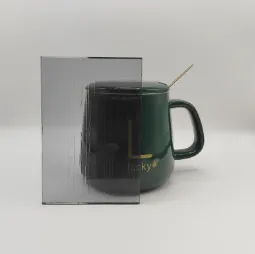
The production process of Frosted Glass determines its unique appearance and performance
There are three common methods for producing obscure glass: mechanical sandblasting, chemical etching, and film coating treatment. Mechanical sandblasting is the process of spraying abrasive materials such as diamond sand onto the surface of glass using a high-pressure spray gun. The impact force of the abrasive is used to create uniform and fine indentations on the glass surface, creating a frosted texture; Chemical etching is the process of immersing glass in a chemical solution such as hydrofluoric acid, which corrodes the surface of the glass through chemical reactions, resulting in a delicate frosted effect; Film coating treatment is the process of attaching a specially made frosted film to the surface of glass, which is easy to operate and can be flexibly changed in style. Regardless of the process, glass can ultimately exhibit the characteristic of being transparent but not translucent.
The performance characteristics of Frosted Glass make it highly favored in many scenarios
Frosted glass shower screen has good transparency, allowing light to pass through the glass evenly, providing ample natural light for the space, while also blurring the line of sight through the frosted texture on the surface, effectively protecting privacy. Meanwhile, the surface of Frosted Glass is less prone to fingerprints and stains, making cleaning and maintenance relatively easy. In addition, specially treated Frosted Glass also has certain impact resistance and heat resistance, making it safer and more reliable to use.
Frosted Glass is widely used in the field of architectural decoration
In residential areas, frosted glass windows are commonly used for bathroom glass partitions, which can ensure natural lighting and protect the privacy of users; Installing Frosted Glass on the bedroom windows can avoid external visual interference and provide residents with a more private resting space. In public buildings, the office partitions are made of Frosted Glass, which can divide areas while maintaining spatial transparency, creating an open and non cluttered office environment; The hospital's consultation rooms and wards use Frosted Glass, which provides patients with a quiet and private environment for diagnosis, treatment, and rest, while also facilitating medical staff to observe the situation.
Frosted Glass also has rich applications in daily necessities
The desktop is made of frosted shower glass material, which is both beautiful and practical. Water stains and marks on the countertop are not easily visible; The lampshade is made of Frosted Glass, which can make the light soft and not dazzling, creating a warm atmosphere; Some display cabinets have frosted glass doors that not only showcase items but also add a touch of mystery.
With the increasing demand for quality of life and aesthetics, the technology of Frosted Glass is also constantly developing. The new laser sanding process can create finer and more complex patterns on glass surfaces, meeting personalized design needs; The development of antibacterial Frosted Glass has led to its wider application in places with high hygiene requirements, such as hospitals and kitchens; In addition, Frosted Glass, combined with energy-saving technology, can enhance thermal insulation performance while maintaining its original characteristics, making it more energy-efficient and environmentally friendly.
In summary, Frosted Glass, with its unique manufacturing process, excellent performance, wide application in architectural decoration and daily life, and continuous technological innovation, has become a material that combines practical and aesthetic value. It not only protects privacy and beautifies space, but also brings more convenience and comfort to people's lives, demonstrating lasting charm and broad development prospects.
Frosted Glass FAQs
What is Frosted Glass? What is the difference between it and ordinary glass?
Frosted Glass is a type of glass that has undergone special treatment to present a semi transparent matte effect on its surface, typically made through sandblasting or chemical etching processes. Different from the transparent properties of ordinary glass, Frosted Glass can transmit light but not see through, effectively protecting privacy while keeping the space bright. It also has a softer texture and is commonly used for bathroom partitions, doors, windows, or decorations. Do you know what other creative home designs it can be used for?
What are the precautions for cleaning and maintaining Frosted Glass?
Due to its uneven surface, Frosted Glass is prone to dust accumulation and difficult to clean. It is recommended to use a soft bristled brush or sponge dipped in neutral cleaning agent to gently wipe, avoiding the use of hard tools or strong acid or alkali cleaning agents to avoid scratching or corroding the glass. Stubborn stains can be softened with white vinegar solution before cleaning. Has your Frosted Glass ever left traces due to improper cleaning?
How can Frosted Glass be DIY modified? What are some simple methods?
If you want to create a frosted effect at low cost, you can try using glass film (electrostatic adsorption type), spraying frosted paint, or even temporarily applying toothpaste (short-term use). These methods can preserve transparency and are flexible to operate, making them suitable for renters or handicraft enthusiasts. However, the durability is not as good as professional craftsmanship. Have you ever had an interesting experience of DIY glass modification?
What are the advantages and disadvantages of Frosted Glass in decoration?
The advantages include privacy protection, softening of light, anti glare, and the ability to create a simple or retro style; The disadvantage is that after long-term use, it may become partially transparent due to wear and tear, and the price is 20% -30% higher than ordinary glass. If used on kitchen cabinet doors, cleaning oil stains is also more troublesome. Would you accept these flaws for the sake of aesthetics?
Why do museum display cabinets sometimes use Frosted Glass?
In addition to preventing peeping, Frosted Glass can reduce the interference of reflection on viewing exhibits, and its diffuse reflection characteristics can also make the lighting more uniform, avoiding direct light damage to cultural relics. Some display cabinets will combine a double-layer design: the outer layer is frosted and the inner layer is transparent, balancing safety and display needs. Do you want to pay special attention to these details during your next visit?
-
Types of Reflective Glass
NewsNov.17,2025
-
What Is Dichroic Glass?
NewsNov.17,2025
-
Smart LED mirrors can have touch controls
NewsNov.17,2025
-
Laminated glass improves energy efficiency
NewsNov.17,2025
-
Insulated glass enhances building comfort
NewsNov.17,2025
-
Acid etched glass offers elegant privacy
NewsNov.17,2025
Related PRODUCTS


